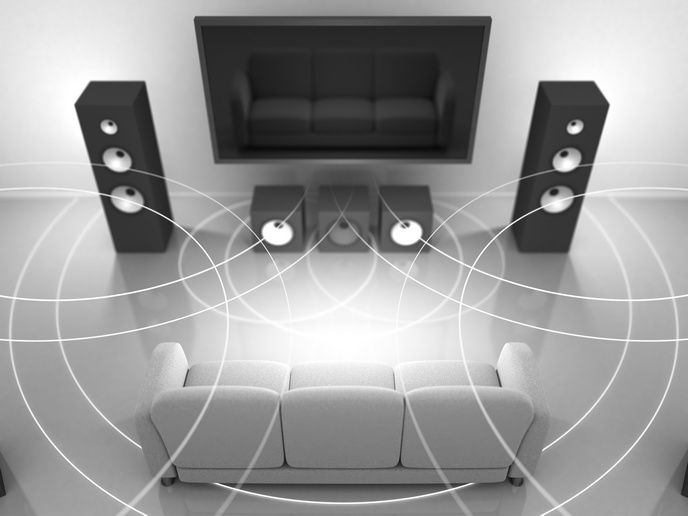Pulling knowledge to push the state-of-the-art in applied acoustics
Despite essentially exploring the same physical phenomenon, fields such as automotive acoustics, room acoustics, musical acoustics and psychoacoustics, have conducted research independently, remaining relatively unaware of the efforts of each other. The BATWOMAN project sought to synergise efforts towards reaching a state of the art across the related fields for sound design, modelling accuracy, efficiency and applicable frequency ranges. Crucially, the project also explored human auditory perception to better understand sound quality parameters and sound’s stimulating effects on human wellbeing and cognition, including analysis of the potential harmful effects. Predicting acoustic effects The project team set about their research by developing computer predictions of what a listener would hear in certain scenarios, based on physical models of sound sources (such as musical instruments or vehicles) and interior spaces (such as a concert hall or car interior). As the project coordinator Mr. Martin Wifling explains, ‘The computer simulations were optimised, for performance and sound fidelity, to render such virtual sounds in real time, on next generation computer hardware.’ A key area of interest to the project was the effect of background sound on cognitive performance. To explore this, one research strand ran experiments to measure how different types of background sounds affected those specific human tasks which require a high cognitive load. The experiments contribute to a growing understanding in environmental acoustics that the impact of sound on human tasks strongly depends on the nature of the sound, as well as the nature of the task. Relevant distinctions include whether the sounds are perceived as noise or as speech-like, and whether they consist of semantically meaningful speech, or not. Likewise, the nature of task undertaken also makes a difference. It matters, for example, whether the task engages short-term memory, whether it involves ordering items such as is the case with memorising telephone numbers, or whether the task comprises more routine, mechanical and repetitive activities. Indeed, the project’s research has already resulted in a new acoustic/auditory parameter indicating spectral variability of the acoustic scene. The parameter allows a sufficiently accurate prediction for one specific cognitive task in which a person has to keep a number of items (e.g. digits) in short-term memory and reproduce them in the correct order. The parameter allows the prediction of distorting effects of background sound on the memory accuracy, using only an algorithm which analyses a recording of the prevailing soundscape. One implication of BATWOMAN’s findings is that results generated from experiments designed using specific tasks cannot be generalised as each scenario contains its own limiting variables. Therefore, if recommendations and regulations are to be accurately developed, then more context specific experimental work is necessary. Mr. Kohlrausch, the coordinator of the perception investigative strand within BATWOMAN reflects that, ‘This interdisciplinary research field involves environmental acoustics and cognitive psychology and is gaining increasing societal importance due to the growing use of open plan offices and open learning environments.’ The sound of the future From the outset BATWOMAN’s young researchers benefitted from the strong involvement of the private sector, which emphasises that basic research, applied research and product development must go together. By improving controlled design and production process, BATWOMAN has not only increased acoustic knowledge but also developed practical methodologies to reduce future vehicle noise and vibrations, as well as help improve the sound of future musical instruments, performance spaces and even industrial products. Looking to the future, as Mr. Wifling outlines, ‘We are planning to take the BATWOMAN research forward and investigate how structural simulations, room acoustics modelling and perceptually correct audio rendering, can be speeded up by the massive parallel processing power of next generation computers.’ One practical area the project team is currently focusing on is next generation virtual reality (VR) audio, which could include real time sounds based on physical reality, something VR developers increasingly depend on if VR is to grow beyond purely gaming and entertainment applications.






